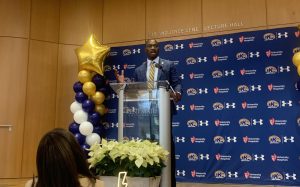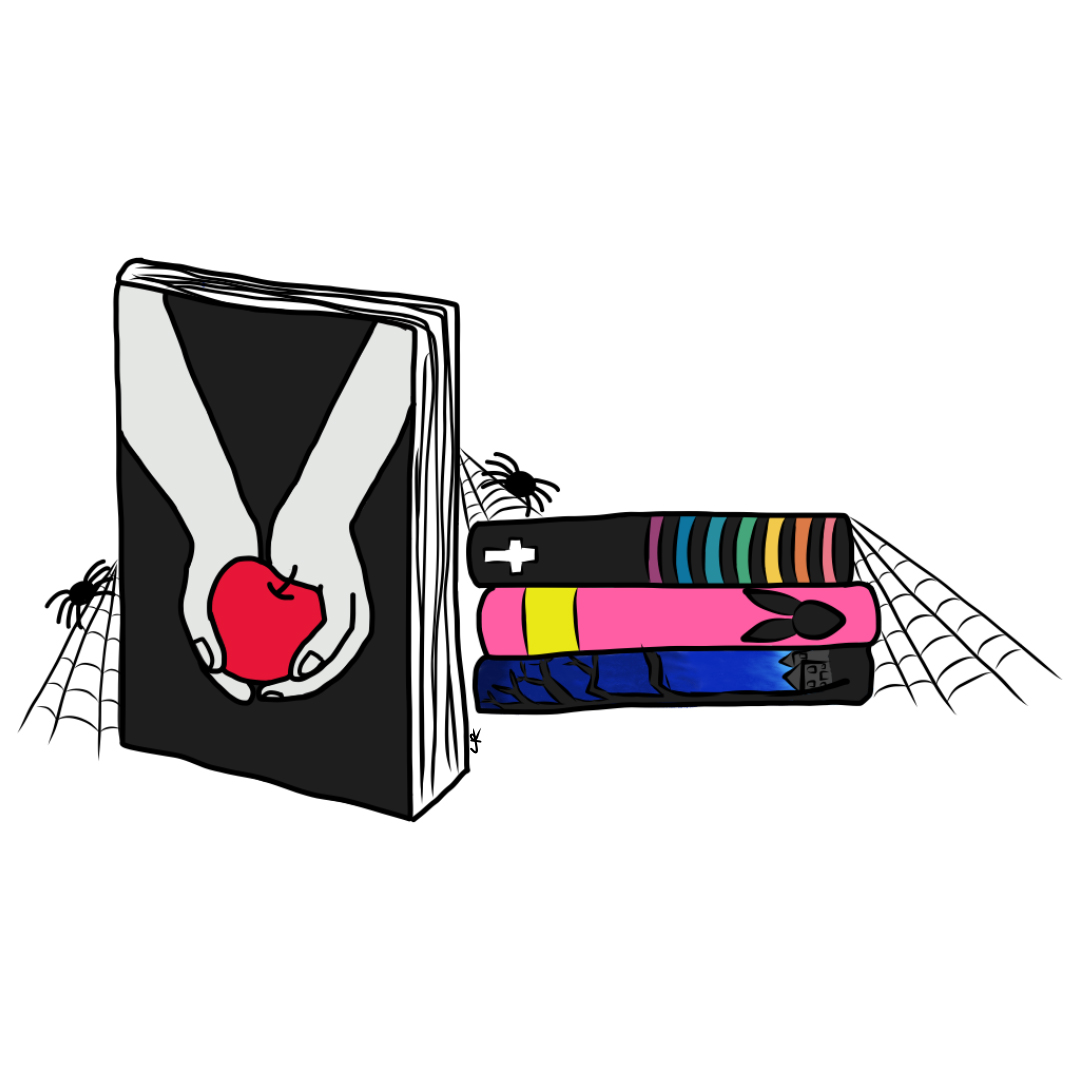On the trail of the Easter Bunny
April 12, 2006
Easter symbols blend cultural and religious traditions
JACLYN CIFRANIC | DAILY KENT STATER
Credit: Steve Schirra
Easter. Passover. The spring equinox.
Mix them all together, and you get the Easter Bunny.
|
Fast facts about Easter • The date on which Easter is celebrated was determined in 325 A.D. by the Council of Nicea, convened by the Roman emperor, Constantine. • The council issued “the Easter Rule,” which dictated that Easter would be celebrated on the first Sunday that occurs after the first full moon on, or after, the vernal (spring) equinox. • During the vernal equinox, days and nights are of equal length. • The full moon of the ecclesiastical (church) vernal equinox is always March 21. This does not always coincide with the astronomical full moon. • Because of this, Easter must always be celebrated on a Sunday between the dates of March 22 and April 25. Source: www.about.com |
Many of the cultural symbols associated with Easter have their origins in ancient polytheistic religions, said David Odell-Scott, religious studies coordinator and chairperson of the department of philosophy.
The rabbit, with its rapid rate of reproduction, has been associated with fertility, he said.
“Spring comes out of the death of winter. Then you fuse it with fertility rituals and Christianity, and we end up eating chocolate eggs,” Odell-Scott said.
Easter symbols are related to an infusion of early Christian symbols with those of Judaism, pre-Christianity and early European society. The symbols inherited from different religions began to morph over time, he said.
The practices of polytheistic religions were noted by early missionaries as they sought to convert people to Christianity. Incorporating indigenous religious traditions was one way to provide common ground.
The egg was a sacred symbol among ancient Babylonians. Their goddess of fertility and spring, Eastre, hatched from an enormous egg that had fallen from heaven, according to the Web site, Christiananswers.net.
In Rome, eggs were also part of the ceremonies of the wine god Bacchus. The Druids, who worshipped Bacchus, used the egg as their sacred symbol, according to the Christian Answers Web site.
The arrival of spring also brings meaning and celebration for members of the Kent NeoPagan Coalition.
Ostara is a ritual that is done on the spring equinox, which is March 21. It’s traditionally a fertility festival, said Colleen Chitty, sophomore art major and KNPC treasurer.
It was mostly all about a day when people used to run around trying to get pregnant, a practice that was largely eliminated by modern times, she said.
KNPC celebrated a theme of rejuvenation, rather than fertility, at its observance of Ostara this year. The KNPC included symbols of earth, air, water and fire in its ritual, Chitty said.
Whatever the origins, symbols are an integral part of today’s cultural traditions.
“Symbols have a life of their own,” Odell-Scott said. “We are symbol-makers and symbol-users. It’s part of what it means to be human.”
Contact features correspondent Theresa Montgomery at [email protected].












